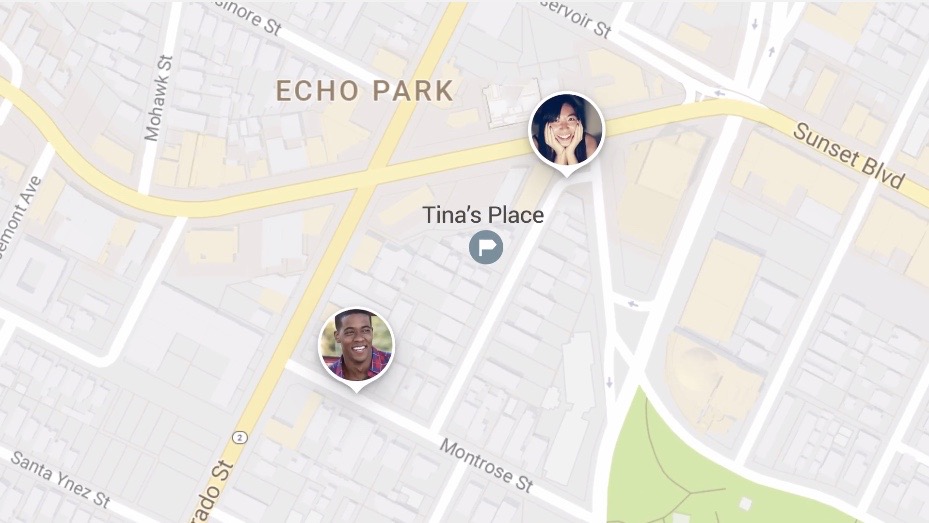You can now share your location in real-time with Google Maps

Ever get a message asking, "When will you get here?" when you're 30 seconds (or 30 minutes) from your destination? Happens to us all the time, and it can be frustrating to take the time to reply back when you're already scrambling to leave the house, or about to walk in the door.
Google Maps is introducing a feature to help curb some of this modern-day inconvenience by turning on real-time location sharing. Soon, users worldwide can let family and friends know their exact location for as long a duration as they like.
The feature works on both iOS and Android, and folks you're sharing your location with can view where you are on Android, iPhone, mobile web browsers and desktop.
Google made a video to illustrate how real-time location sharing works:
- Want to change location on your phone? Click to discover how
If you're still reading, here's how it works: To activate, head into the side menu in Google Maps or tap on the little blue dot and select "Share location."
Pick who you want to share your spot with using Google contacts and the length of time you want your whereabouts known. From here, contacts will see you in their Google Maps. You can turn off location sharing at any point in the journey.
Location sharing can also be activated while you're in navigation mode. When you're in the midst of a trip, hit "More" on the bottom of the screen and select "Share trip." Your chosen contacts will get an ETA and can track the progress of your trip. Sharing will turn itself off once you arrive.
Sign up for breaking news, reviews, opinion, top tech deals, and more.
This is just the most recent helpful new feature to make it onto Google Maps in recent days. The navigation service introduced features to help you remember where you parked earlier this week.
- Gear up for Google IO 2017, where we'll see Android O and more!

Michelle was previously a news editor at TechRadar, leading consumer tech news and reviews. Michelle is now a Content Strategist at Facebook. A versatile, highly effective content writer and skilled editor with a keen eye for detail, Michelle is a collaborative problem solver and covered everything from smartwatches and microprocessors to VR and self-driving cars.